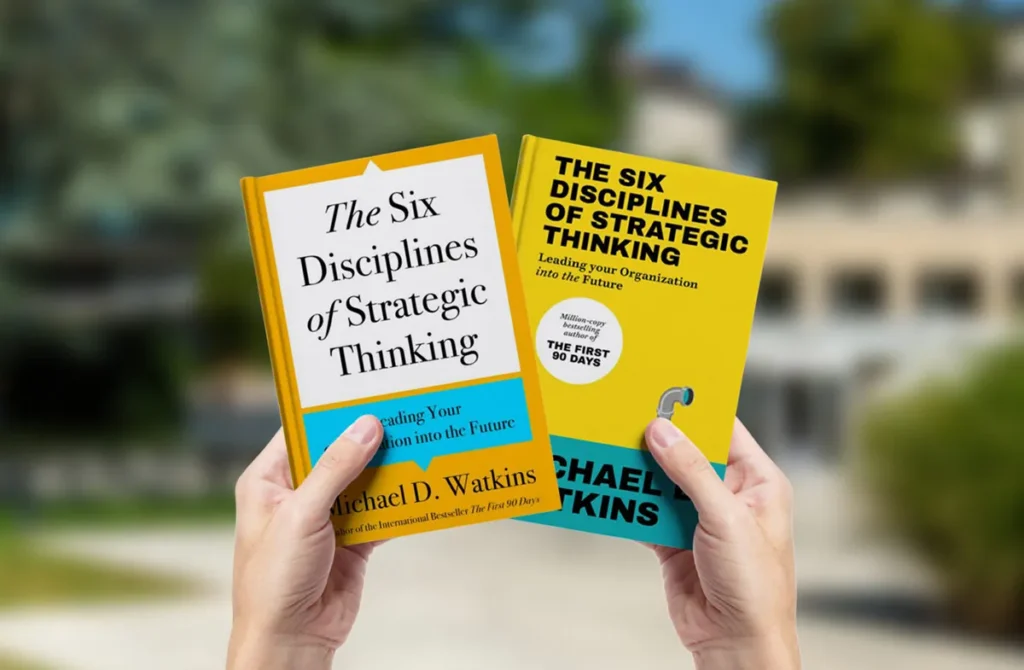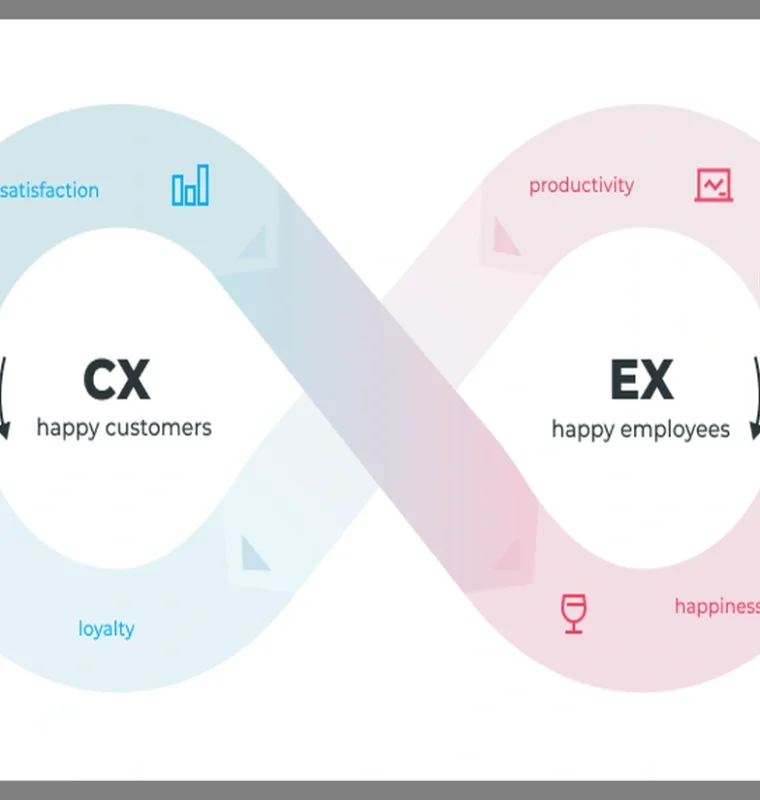Why We Chose This Book
Leaders across the Arab world are expected to deliver results in fast-changing, often ambiguous environments. Whether you’re in government, public enterprise, or consulting, strategic thinking isn’t a nice-to-have—it’s essential. We chose The Six Disciplines of Strategic Thinking because it offers clear, applicable guidance for professionals who want to lead with insight, navigate complexity, and align others around a shared direction.
For Arab readers, the book bridges high-level thinking with culturally relevant practice. It’s especially valuable for those working across hierarchies, managing diverse stakeholder interests, or responding to national transformation goals.
The Situation
In today’s world, leading effectively requires more than technical skill or authority. You face pressure to make faster decisions, coordinate across silos, and adapt to changing priorities—sometimes all at once. Whether you’re planning national programs or driving reforms in your organization, your ability to think strategically often determines your success.
Yet few professionals are trained in how to think strategically.
The Challenge
Strategic thinking is often misunderstood. Many assume it’s about long-term planning or big-picture vision. But Watkins shows that it’s a discipline—a set of six core habits anyone can learn and apply.
Each habit addresses a challenge leader regularly face:
- How do you detect important trends before others?
- How do you make sense of complex environments?
- How do you stay flexible under pressure?
- How do you solve high-stakes problems?
- How do you unite people around a vision?
- How do you build influence without formal authority?
The Solution
Watkins introduces six interconnected disciplines that help you respond to these questions:
- Pattern Recognition: Spot critical trends using the RPM cycle—Recognize, Prioritize, Mobilize.
- Systems Analysis: Understand how different forces—internal and external—interact and affect outcomes.
- Mental Agility: Switch between strategic and operational thinking, and anticipate stakeholder moves.
- Structured Problem-Solving: Break complex problems into clear steps and execute systematically.
- Visioning: Shape a future people believe in by aligning goals with values, resources, and reality.
- Political Savvy: Navigate internal politics by building trust, reading power dynamics, and influencing key actors.
Each discipline is explained through case examples and supported by tools you can use right away. The book also highlights leaders who mastered these skills through practice—not just theory.
The Result
This book doesn’t just teach you what strategic thinking is—it shows you how to do it. You walk away with practical strategies to:
- Lead cross-functional teams more effectively.
- Anticipate risks and respond to uncertainty.
- Frame and solve problems with clarity.
- Gain alignment from stakeholders at all levels.
- Set a direction others want to follow.
For Arab professionals working in dynamic national contexts, these tools are more relevant than ever. Strategic thinking helps you align vision with execution—and make a measurable impact.
If you’re leading change, shaping policy, or advising leaders, this book offers a method you can use every day. It’s a strong choice to add to your leadership toolkit.


















